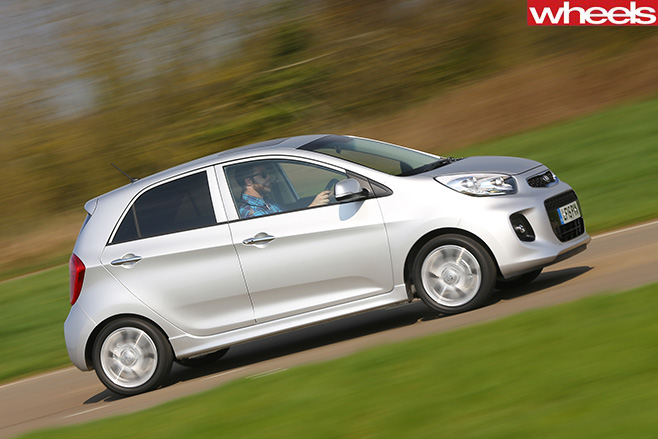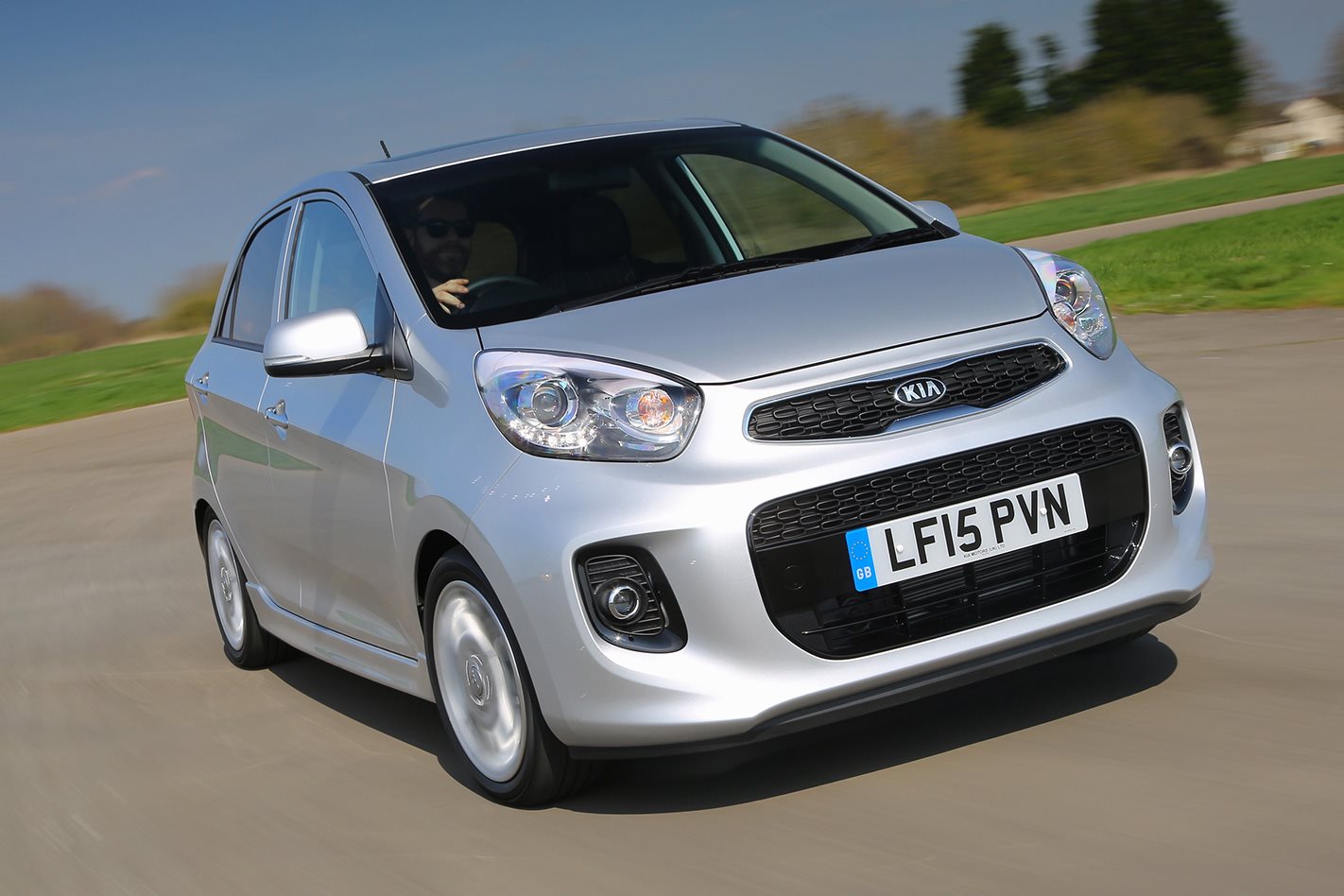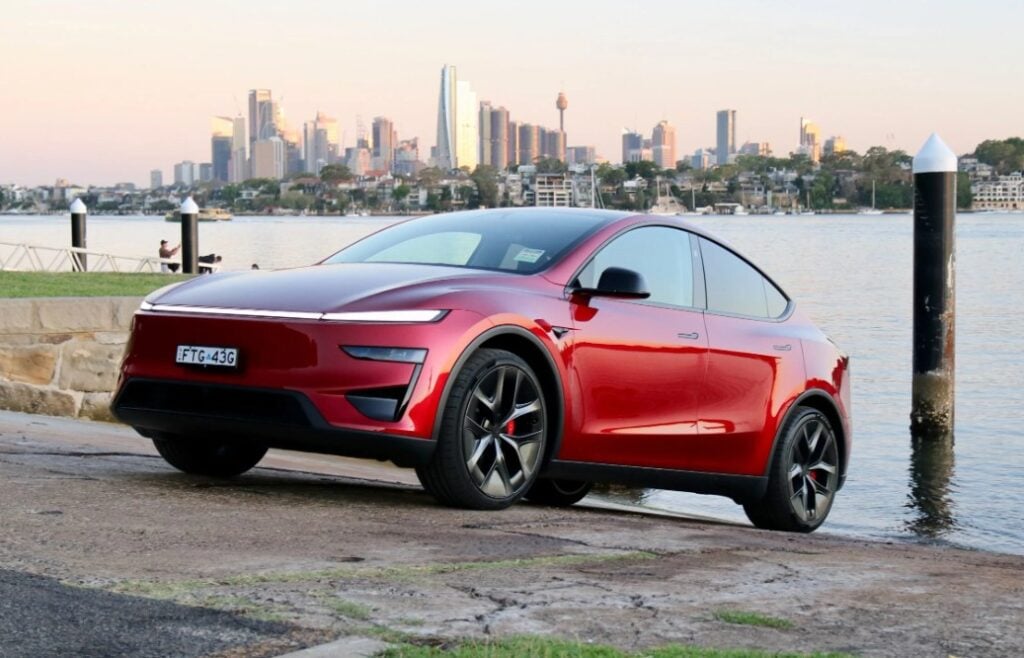Due here in March, the five-door Picanto hatch will woo young buyers with style and value – as Kia boldly goes where Volkswagen, Fiat and Ford have failed.
WHAT IS IT Sitting below the established Rio, the Picanto is a European designed and engineered five-door hatch from South Korea, aimed straight at the Holden Spark and Mitsubishi Mirage micro-class heartland.
WHY WE’RE TESTING IT Kia has lately emerged from the shadows as Hyundai’s cheap and cheerful understudy, with impressive new models such as the Proceed GT and latest-generation Sorento. Over in Europe, the German-developed Picanto has found favour as one of the sub-B segment’s leading lights, and so we’re expecting big things of the sub-$15K five-door baby hatch in Australia too.
MAIN RIVALS Fiat 500, Holden Spark, Nissan Micra, Mitsubishi Mirage, Suzuki Celerio

PLUS: Design, packaging, performance, build quality, agile handling, ride, maturity MINUS: Sensitive brakes, flat seats, some road noise, auto has only four speeds
THE WHEELS REVIEW VOLKSWAGEN UP. Smart ForTwo. Fiat Panda. Australia is littered with the still-warm carcases of cool city cars that should have set the sub-B segment on fire but instead fizzled out like a first-term PM.

Brave Kia, however, has the balls to battle it out against the inexplicably popular Mitsubishi Mirage with the new Picanto, a funky sub-B hatch that slots beneath the Rio. Derived from the Spanish word for hot and spicy, it has helped fire up the South Korean brand in Europe over the past decade or so.
Keeping things simple here, only a single, middle-spec, five-door hatch is heading our way next March, with driveaway pricing that means business at around $13,500 for the manual, and $15,000 in four-speed auto guise (compared to $16K plus on-roads for a base Rio S three-door). And you’re not getting some flimsy and tinny buzz box, either.

Likewise, and despite being just a smidge under 3.6m long and 1.6m wide, the five-seater Kia’s lofty 1.5m height and near-2.4m wheelbase liberate enough space for four adults (albeit on rather flat seats up front), though the sub-200L luggage capacity (with a space-saver spare) is an unavoidable city-slicker upshot.
Hardy the cabin plastics may be, but the dashboard’s elegant and easy layout shames many bigger cars, and the driving position, ventilation, vision out, and storage is not compromised by the pert-hatch packaging. Extra marks go to the forward-tipping rear seat cushion allowing an extra-low load area with the backrest folded, the very S-Class-esque two-spoke wheel, effective Bluetooth connectivity, and ultra-clear instrument dials. No wonder the Euros rate this baby so highly. Reach adjustable steering would be nice, however.

Kia’s Frankfurt base also sorted out the chassis – purely conventional MacPherson struts up front and a torsion beam rear – with an emphasis on flowing (electric) steering responses, controlled cornering, and a comfy ride. If you’re up for some fun, the Picanto feels pleasingly lively yet grippy. On the flipside, some road noise is evident and the brake pedal is overly touchy. Still, these are minor blemishes in an otherwise agreeably grown-up baby package.
Kia’s plan is a canny one. With no alternatives from big-name players such as Mazda, Toyota, Hyundai, Honda, and Ford, there is every chance that the smartly specced Picanto will meet its 300 monthly sales target, establishing the brand as a sub-B leader – an enviable position to be in when, inevitably, fuel prices soar, pollution taxes hit, and congestion issues worsen.
SPECS Model: Kia TA Picanto Engine: 1248cc 4-cyl, dohc, 16v Max power: 64kW @ 6000rpm Max torque: 123Nm @ 4000rpm Transmission: 5-speed manual Weight: 850kg 0-100km/h: 11.9sec (overseas model) Fuel economy: 4.3L/100km Price: $13,500 driveaway (approx) On sale: March 2016





